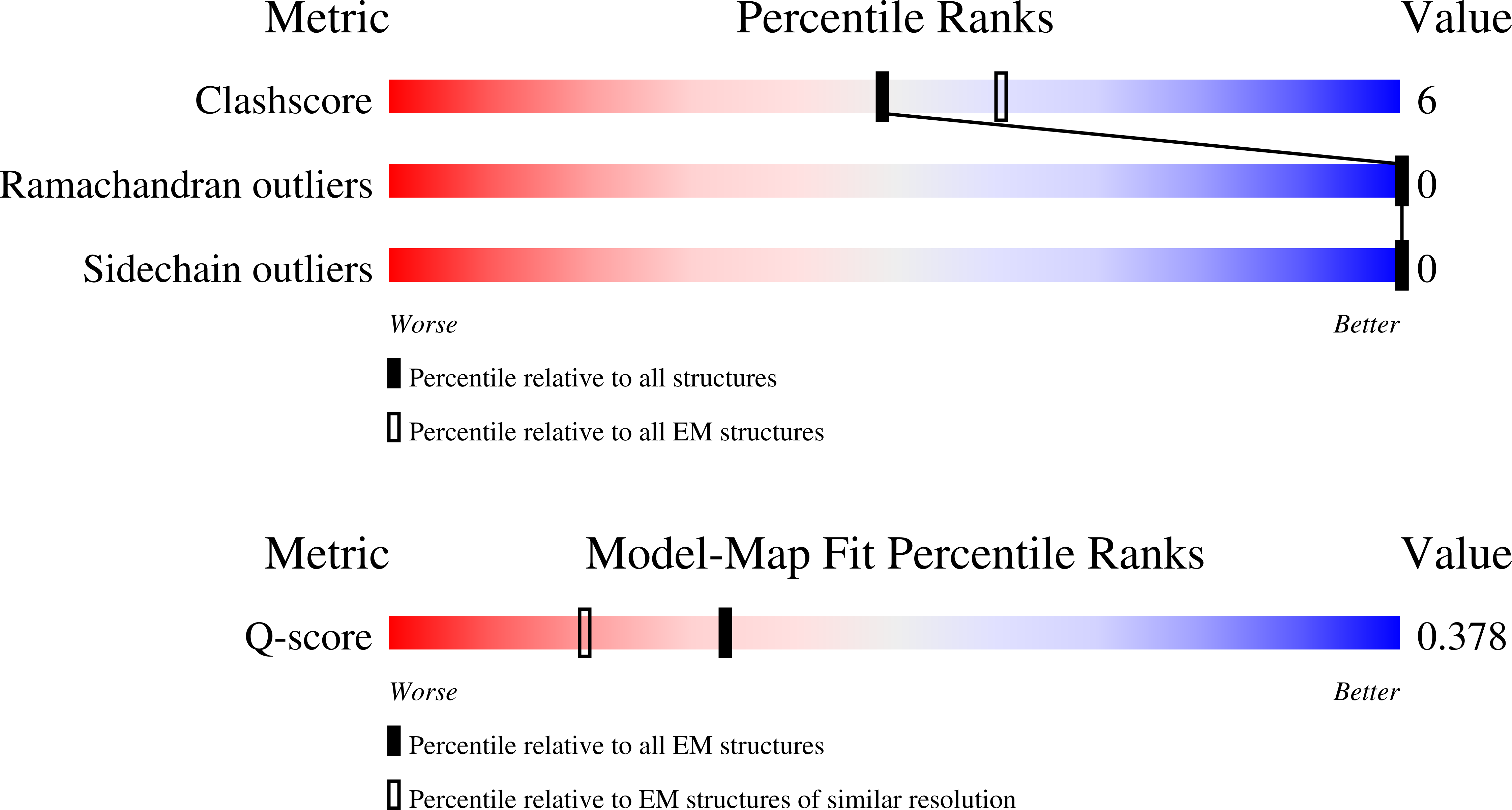
Deposition Date
2025-07-02
Release Date
2025-10-01
Last Version Date
2025-10-22
Entry Detail
PDB ID:
9PEE
Keywords:
Title:
Cryo-EM structure of CCR6 bound by PF-07054894 and OXM2
Biological Source:
Source Organism:
Homo sapiens (Taxon ID: 9606)
synthetic construct (Taxon ID: 32630)
synthetic construct (Taxon ID: 32630)
Host Organism:
Method Details:
Experimental Method:
Resolution:
3.35 Å
Aggregation State:
PARTICLE
Reconstruction Method:
SINGLE PARTICLE


